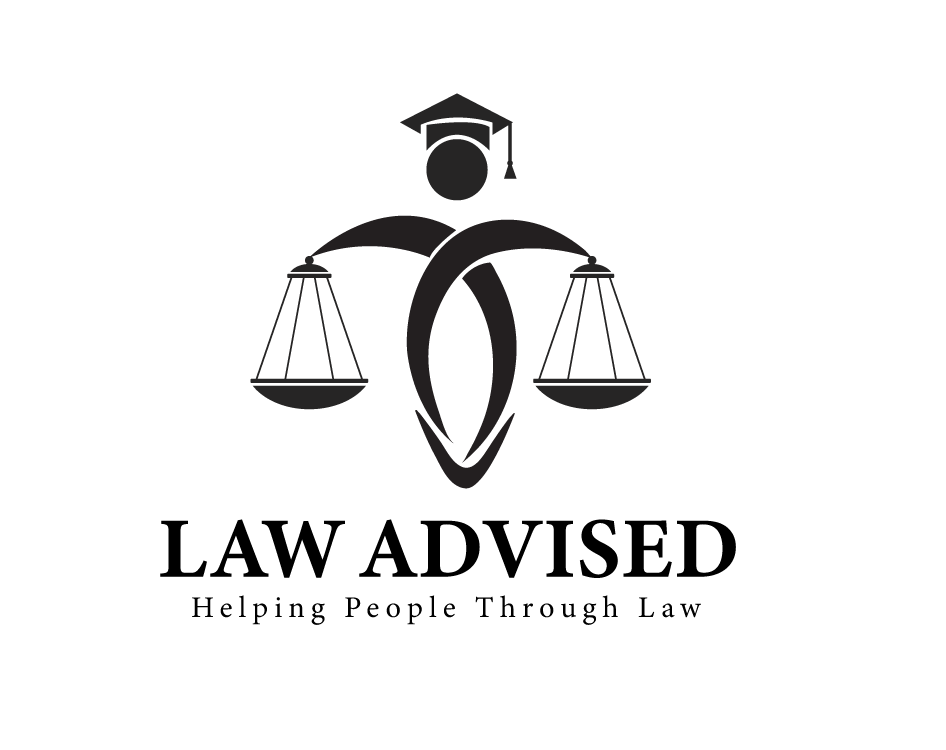When it comes to purchasing a home, most of us rely on a mortgage to finance the purchase. A mortgage is a loan specifically designed for this purpose, but have you ever wondered what type of lien a mortgage represents? In this blog post, we will explore the nature of a mortgage lien and its implications.
Understanding Liens
Before we delve into mortgage liens, let’s start by understanding what a lien is. In simple terms, a lien is a legal right or claim on a property as security for the repayment of a debt. It serves as protection for the creditor, ensuring that they have a legal interest in the property until the debt is fully repaid.
Liens can be placed on various types of properties, including real estate, vehicles, or personal belongings. They allow creditors to enforce their rights and potentially recover their funds if the debtor fails to fulfill their financial obligations.
Mortgage Liens
A mortgage lien is a specific type of lien that is commonly used when purchasing a property. In this case, the property acts as collateral for the loan, securing the lender’s interest in the event of default.
When you obtain a mortgage to buy a home, the lender (usually a bank or a financial institution) will create a mortgage lien on the property. This lien grants the lender the legal right to seize and sell the property if the borrower fails to make the agreed-upon mortgage payments.
The mortgage lien is typically recorded in the county or city records, ensuring that any future interested parties, such as potential buyers or lenders, are aware of the existing obligation. This record serves as evidence that the property has an encumbrance and cannot be sold or transferred without the lender’s involvement.
Types of Mortgage Liens
There are two main types of mortgage liens: a first mortgage lien and a second mortgage lien.
First Mortgage Lien
A first mortgage lien is the primary lien on the property. It takes priority over any other liens or claims on the property, giving the lender the first right to the proceeds from the sale of the property in case of default.
When you purchase a home and take out a mortgage, the lender will typically hold a first mortgage lien. This ensures that they have the first right to recover the outstanding balance from the proceeds of the property sale.
Second Mortgage Lien
A second mortgage lien, also known as a subordinate lien or junior lien, is a secondary claim on the property. It is created when there is an additional loan taken out on the property after the first mortgage has been established.
In simple terms, if you already have an existing mortgage on your property and decide to take out a second loan, such as a home equity loan or a home equity line of credit (HELOC), the lender of the second loan will hold a second mortgage lien on the property. In the event of default, the first mortgage lender will receive payment first, and any remaining funds will go towards satisfying the second mortgage.
Implications of Mortgage Liens
Mortgage liens have several implications for both borrowers and lenders. Let’s take a look at some of these implications:
Security For The Lender
For lenders, mortgage liens provide security and reduce the risk associated with lending a substantial amount of money. It gives them the reassurance that if the borrower defaults, they have a legal claim on the property and can recoup their investment by selling it.
Ownership Limitations For Borrowers
For borrowers, mortgage liens come with certain limitations. While the borrower has ownership rights to the property, the mortgage lien restricts their ability to sell or transfer the property without the lender’s involvement. This can impact the borrower’s flexibility in managing their assets.
Credit And Financial Responsibility
Mortgage liens also have implications for a borrower’s creditworthiness. When obtaining a mortgage, the lender reviews the borrower’s credit history and financial situation to assess their ability to repay the loan. If the borrower defaults on the mortgage payments, it can negatively impact their credit score and future borrowing capacity.
In Conclusion
A mortgage lien is a specific type of lien that represents the legal claim of a lender on a property when a mortgage loan is taken out. It provides security for the lender and limits the borrower’s ability to sell or transfer the property without the lender’s involvement. Understanding mortgage liens is crucial for anyone considering homeownership or interested in real estate financing.
Frequently Asked Questions For A Mortgage Is An Example Of What Type Of Lien: Unraveling The Key Details
What Is A Mortgage Lien And How Does It Work?
A mortgage lien is a legal claim on a property used as collateral for a loan. It allows the lender to seize and sell the property if the borrower fails to repay the loan.
What Type Of Lien Is A Mortgage?
A mortgage is a voluntary lien, created by the borrower, that is used to secure a loan for purchasing a property.
How Does A Mortgage Lien Affect Homeowners?
A mortgage lien affects homeowners because it establishes the lender’s right to the property and places restrictions on its sale or transfer until the loan is fully repaid.
Can A Mortgage Lien Be Removed?
Yes, a mortgage lien can be removed by paying off the outstanding loan balance. Once the loan is fully repaid, the lender must release the lien, allowing the homeowner to have a clear title to the property.
Ismail Hossain is the founder of Law Advised. He is an Divorce, Separation, marriage lawyer. Follow him.




Leave a Reply